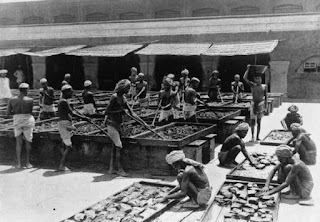THE PLANESPlane is the surface such that if any two points are taken on it, then the line joining the two points lies on it.
General equation of plane is given as - ax + by + cz + d = 0 , where a ,b and c is not equal to zero.
POINTS TO BE REMEMBERED 1). a, b and c are the directions ratios of the normal to the plane ax + by + cz + d = 0.
2). Equation of the yz - plane is x = 0
3). Equation of the zx - plane is y = 0
4). Equation of the xy - plane is z = 0
5). Equation of the any plane parallel to the xy - plane is z = c. Similarly for Planes parallel to yz and zx is x = c and y = c
EQUATION OF THE PLANE IN NORMAL FORMVECTOR FORMIf n̂ be a unit vector normal to a given plane and d be the length of the perpendicular from the origin to the plane, then the equation of the plane is given by - r.n̂ = d CARTESIAN FORMIf l, m, n are the directions cosines of the normal to the plane and d is the perpendicular distan…



Good
ReplyDelete👍👍👍👍👍👍👍
ReplyDeleteGreat... 😇
ReplyDeleteAmazing👍...
ReplyDeleteAmazingly critical and connected work 👌👌☺☺
ReplyDeleteVery nice keep it up
ReplyDelete